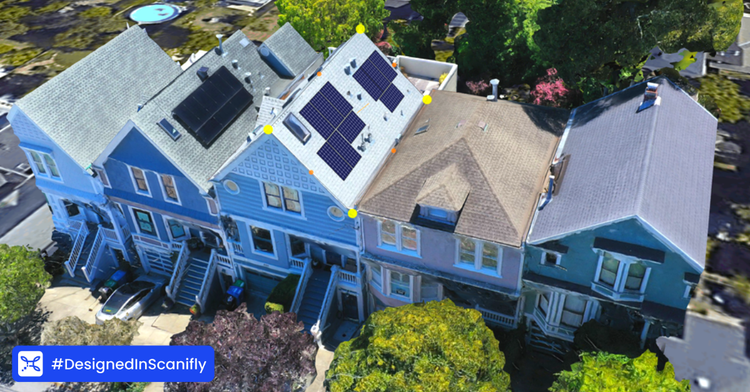Different teams and specialties within solar companies are becoming increasingly siloed—and that means a risk of messy data.
Between sales, design, field teams, surveyors, installers, and project managers, everyone’s got data to track. And everyone is tracking it in role-specific software tools, such as designers working in CAD while sales reps work from Salesforce. While this is helpful for specialization and task efficiency, it becomes easy to either lose data between systems or have multiple data points without a known source of truth.
This is where a central platform—most often a customer relationship management (CRM) system—becomes incredibly valuable. But only if you track the right data. Here’s what you need to know about solar CRMs and what data to track.
When Solar Contractors Should Get CRMs
While a central platform for data is always considered a best practice, it’s also a large expense that may not make sense for smaller contractors. Not only is there the cost of the software itself but also developer costs. Software is often inexpensive to start and scales up from there, but hiring developers is a large upfront investment regardless of company size.
After speaking with hundreds of solar contractors around the world, the Scanifly team noticed some trends amongst those who find the highest return on investment from purchasing a CRM system:
Locations: They typically have two or more different locations, whether in one state or across multiple states.
Employees: They typically have more than 50 full-time employees across project specializations.
Outsourcing: They typically leverage third parties for various parts of the solar process, meaning additional silos regardless of size.
While Salesforce tends to be the most popular CRM, some contractors report also using broad-base CRMs like Quickbase, Sharepoint, and Zoho Egnyte or solar-specific CRMs like Sunbase and Solar Nexus.
Data Points to Track in Your CRM
While all contracts will have unique data needs, consistent trends in data tracking include four different categories: customer endpoint data, field data, design data, and project operational data.
Customer Endpoint Data
-
Name, address, and contact information of the customer
-
An internal customer code that can be used to attribute a project to them (helpful in case multiple customers have the same name)
-
Notes from the sales team on how the customer heard of your business
-
Customer insurance information
-
Logging all calls and emails between the customer and your team
-
Customer electricity use (which become solar system offset goals)
Field Data
-
How the home is metered currently
-
Installation type for the home (e.g. ground mount, roof mount, ballasted)
-
Whether a roof service or upgrade is necessary (and engineering service options)
-
Current electrical system size of the home
-
Power line connectivity
-
AHJ and Utility requirements for the area
Design Data

-
System size and quantity of panels
-
Make and model of panels to be used
-
Electrical design data including racking, inverters, combiners, and DC optimizers for the project
-
Which surveyor or designer worked this job (for any questions down the line)
-
Where CAD files are stored (for easy recall)
Project Operational Data
-
Project stage
-
Key dates such as survey and installation
-
Site before and after images with context
-
Maintenance records
-
Follow-up conversations with customers after installation
It’s All in the Data
Data is critically important regardless of contractor size. The difference is how data is shared. On smaller teams, individuals hold more of the overall project under their purview and typically know more relevant data off-hand, making sharing easier. As contractors scale, cracks begin to emerge—this is when a centralized CRM becomes essential.






